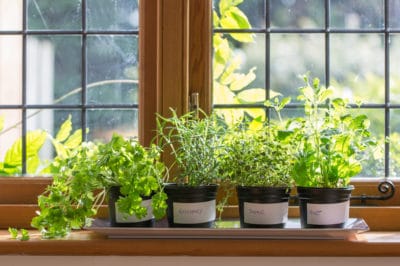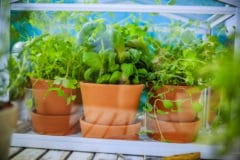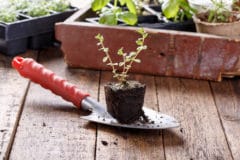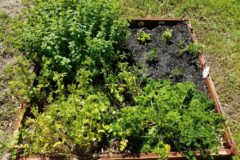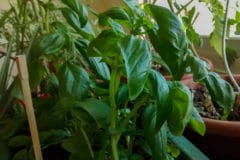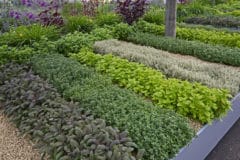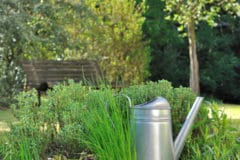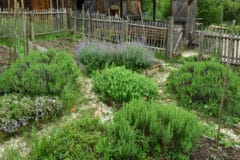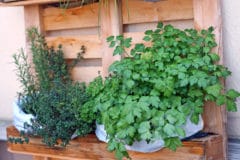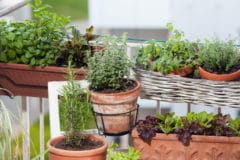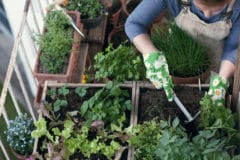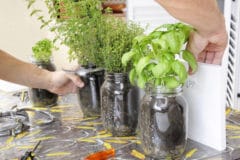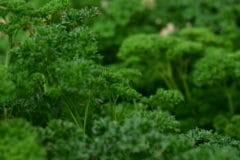The right location
The culture in the kitchen window is unbeatably practical. So you always have the right seasoning fresh and ready to hand in the best quality. A prerequisite, however, is that the window offers bright, sunny lighting conditions. Especially indoors, where the light intensity is lower anyway, herbs need a lot of sun for an intensive aroma. Windows facing east or west are ideal, whereas plants in front of southern windows can quickly become too warm, especially in the hot summer months. During this time, however, you can move the herbs away from the window or, if available, place them in the fresh air on the balcony or the terrace.
Suitable herbs for the windowsill
In general, the annual and biennial herb species are particularly suitable for keeping in containers: dill, cress, parsley, chervil, annual savory or chives are often more convincing in the pot than in the soil. Some exotics are also well suited for room culture. Lemongrass, ginger, turmeric or coriander can easily be found in our rooms all year round.
Checking herbs for pests in room culture
All herbs and spice plants grown in the house should be checked regularly for pest infestation. Spider mites and aphids spread rapidly, especially in winter when dry heating air is a problem for the plants.
prefer –herbs on the windowsill
Many herbs can already be preferred towards the end of winter or in early spring on the windowsill. You can sow the seeds directly into the boxes or pots in which the plants will grow later. However, do not scatter the seeds too densely then; only cress and chervil like to stand somewhat narrower. Instead, you can also use seed trays or propagators for growing, but you will have to prick the seedlings after emergence (i.e. place them individually in larger and deeper vessels).
Hint
In indoor cultivation it is particularly important to cover the seed vessels with a plastic bag or hood so that the seedlings receive the necessary humidity. Only when the leaves are sprouting is the air occasionally aired.
